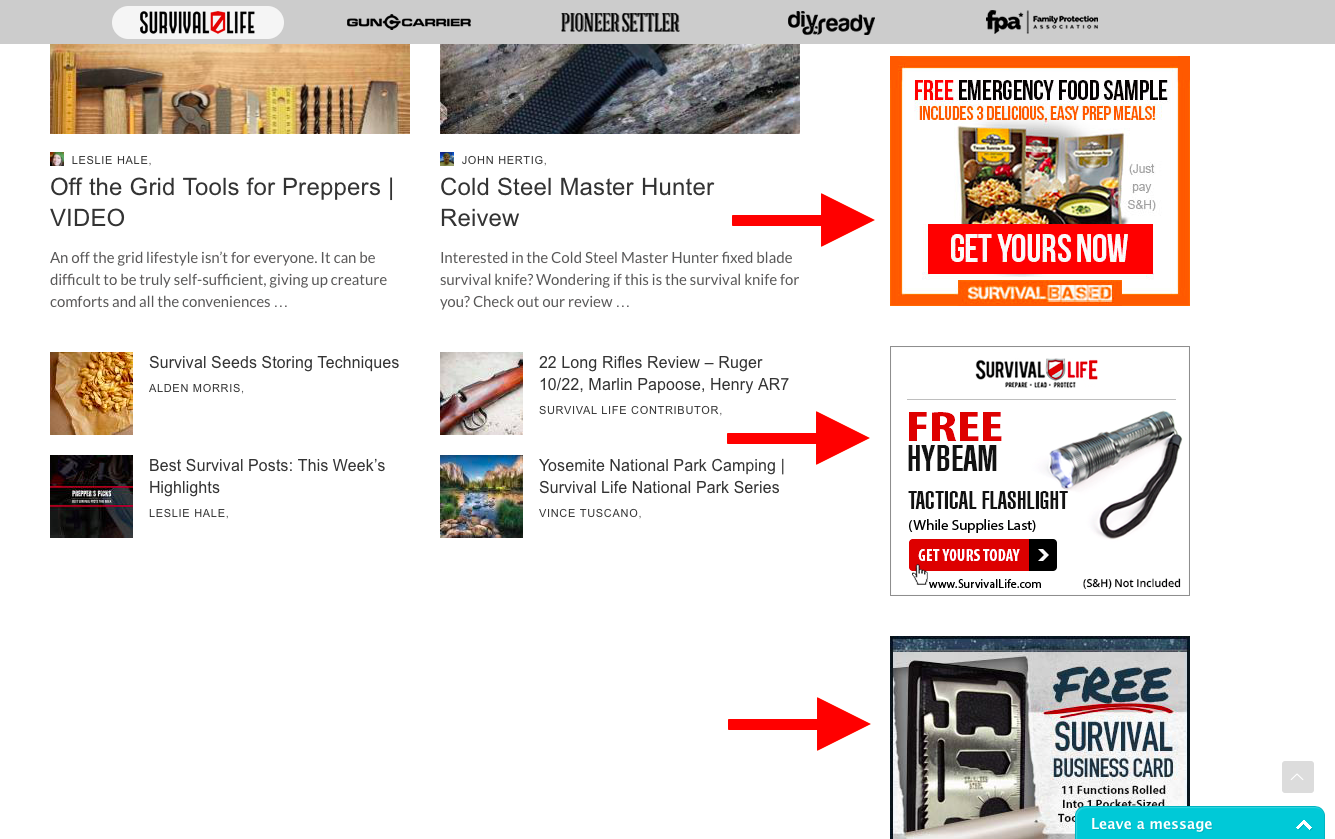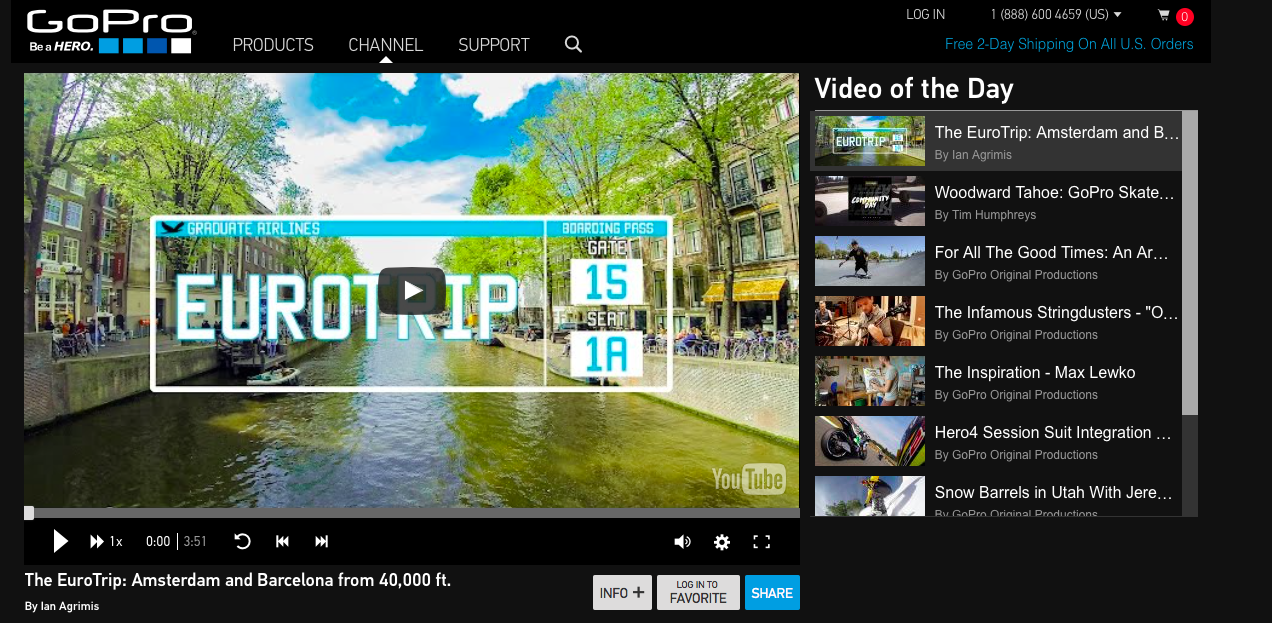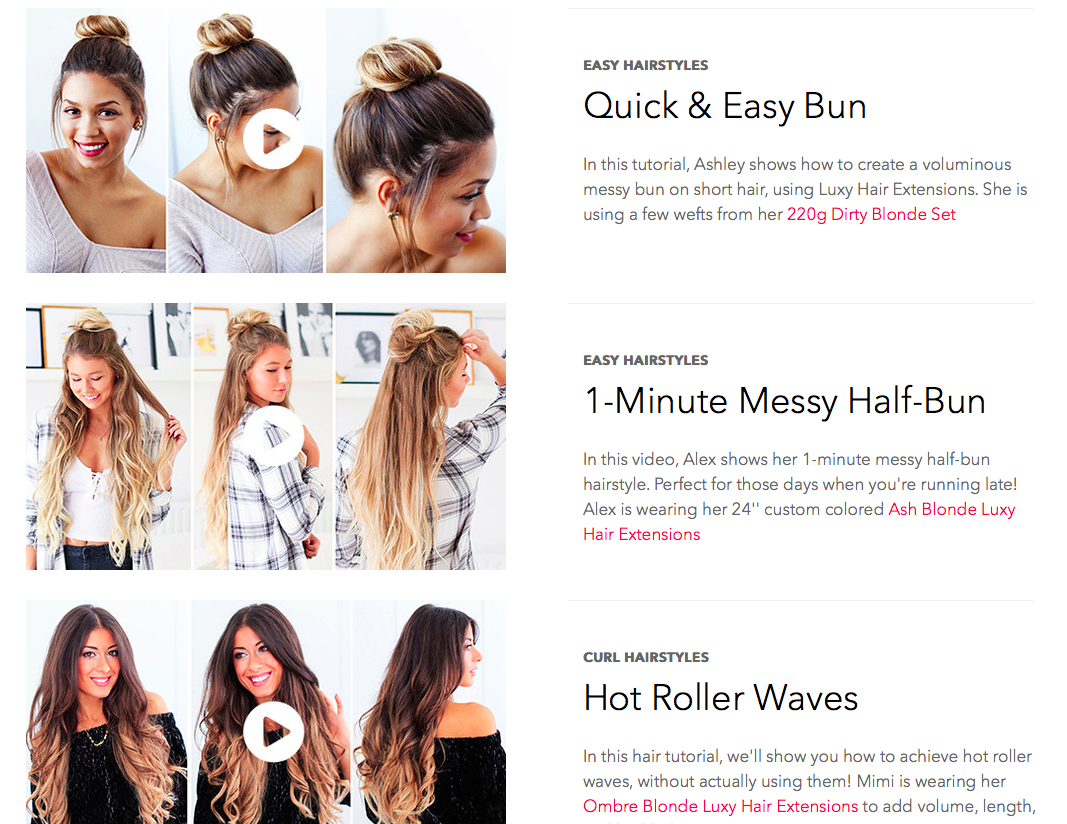
Table of Contents
Last time I check, nobody cares about content.
But content becomes prevalent these days. You write blog posts, post it on social media and repeat the process over and over again. You make it as part of your marketing strategies.
Big companies do it. People sell physical products on the Internet do it.
If you have budgets to burn, run ads to promote your ecommerce website.
Now ecommerce converges with content, where nearly every established retailer suddenly has a story to tell, a picture to share, and a video to show.
A new baby in marketing is born; content ecommerce, or the lesser breed is called content marketing, or ecommerce content marketing.
I can’t tell who their parents are but…
You Should Do Content Marketing Now
Because content marketing revolves around creating valuable content that informs, inspires and educates the audience.
As a result, it helps you gain trust from customers, builds your own followers and improves your brand.
From the ROI perspective, content marketing generates revenues for your business without spending more money on advertising. Now it is a 44 billions worth of industry.
It’s not too hard to implement it for your ecommerce business. Here are 5 best practises for ecommerce content marketing you can apply today.
1.Technical aspects of ecommerce content marketing
Before we jump into creating a content, the first thing you should do here is to take a look at the technical aspects of your commerce site.
Your site should be able to integrate SEO built-in features to optimize for the search engine.
This is an important part of your whole content marketing ecosystem as Google reckons creating a unique ecommerce content as a part of the content marketing practices.
The other important elements you should look on are:
- The ability to create rich content – text, images, videos.
- The ability to post fresh and date relevant content.
- The ability to create a knowledge base for “evergreen content” – the FAQ
section or support forums functionality.
Most websites are built by modern ecommerce platform like WordPress and its extensions, tools, plugins and themes, so this shouldn’t a big issue here.
You might also consider hiring a professional web developer to setup your ecommerce site to its fullest potential.
2. Creative aspects of ecommerce content marketing
When it comes to the creating a content, you need a content strategy to get started.
It’s all about creating the right content, to the right people, at the right times and for the right reasons.
Here are four aspects of creating a core content strategy statement, based on the strategy by a company named Brain Traffic:
- Substance: what the content is about
- Structure: how the content is organized and displayed
- Workflow: what people and processes are needed to support content creation and management
- Governance: who will decide what, over time, to keep content on-strategy.
Let’s say you are selling a nutritious detox food for women. Here’s how you can break the stuff down:
- Generate content ideas based on the detox food mission
- Narrow the list based on the target audience
- Further narrow the list based on the business goals
- Refine the list based on the content objectives.
Tied up everything in one core content marketing statement.
Using the example of the detox food for women, you can create a core content marketing statement like this:
At Detox Food for Women, we help increase new and recurring orders by creating, distributing, and managing motivating content that shows how Detox Food for Women fits into women’s lifestyles.
This idea gives you a better picture of what your content marketing should look. This statement also can help you produce a better direction when creating a content.
Next step should help you with the topic of your content.
3. Creating amazing content ideas
You have lots of stuff to write about in the beginning.
However, as time goes by, you’ll start running out of ideas. You’ll dreading to come out with the new content.
Don’t worry. Use these content ideas to keep your ecommerce content marketing running for the entire year:
a. Seasonal content – This is something you can write about that’s relevant to occasional events only. Depending on your niche, this might be the new fall collection, the latest trends in your industry, the best things to buy from your store as presence for the holiday season, the must have items for vacation etc.
b. Evergreen content – This ever-permanent content offers something you can write that fulfil your audience’s needs. For example, you can write about the products quality, tutorials on how to use your products, technical installation instructions and general advice.
c. Aggregating content – Find the most popular content related to your niche, and aggregate together as your content.
4. Types of content
Now you have jotted down the content ideas.
It’s time to choose what type of content for your marketing efforts. Here are the examples;
- How to Guides.
How To Guides is the perfect type of content to maximize readership and engagement.
Customers love to know how your product can solves certain aspects and makes their life better.
Here’s how DIY Ready connects with their readers through a useful, how to guide blog post that relates to Thanksgiving (seasonal content)

- Free Samples
Giving out free samples is not just a marketing ploy, but it generates leads in such as way that offline businesses do.
Create an opt-in form to get the subscriber’s name and their email address, and make it as your email marketing list so you can send promotions, newsletters in the future.
Survivallife has put several opt-in forms for free samples on their homepage.

- User Generated Content
Storytelling is one of many ways to create an engaging content.
With the user generated content, you spread your content by letting your customers tell their stories on your site.
GoPro has done a brilliant job to build a communities by letting their users to share videos on GoPro’s channel. As a result, GoPro generates tons of traffic from social media like Youtube and Instagram.

- Video Content
Video is an easy way to hook people into your content, especially if you sell a beauty product on your ecommerce site.
Luxy Hair sells clip-in hair extensions that give you bigger, fuller hair than ever before.
They have a ton of videos on their blog where customers can learn how to pick an exact shade, how to store their extensions, how to clip in the hair extensions, and how to use these extensions with short hair.

- Contests
Contests work well on social media such as Facebook, Instagram and Snapchat.
It helps boost followers and increases the exclusive feel for your audience.
Smucker’s did very well with the photo contest that run across Instagram, Facebook, Twitter and their website.

5. Measure Your ROI
Measuring the performance of the ecommerce content marketing is critical to your business.
Although most businesses tend to look at ROI through product sales, there are other metrics you can consider to assess your content marketing efforts:
- Number of inbound link and site engagement rate
Start digging your Google Analytics to see the traffic, the number of visits, the most visited sites and so on. Look on what type of content your customers like most. Adjust or change the strategy and restart again.
- Number of email list growth
As you churn out the content marketing effort for ecommerce website, you should see the increasing number of email list growth.
This comes from the opt-in form where you create a lead magnet for your ecommerce website.
You will start seeing the value of your content marketing when you keep analyzing your site frequently, and provides the return for your investment.
Summary
The success of the commerce content marketing lies on the measurable, predictable practices that placed on every aspects of your business.
It may takes some time to gain momentum and start bringing results, but once it starts, it’s an unstoppable force generating amazing ROI for your ecommerce business.
So what are your thoughts about content marketing? Share your comment below.

